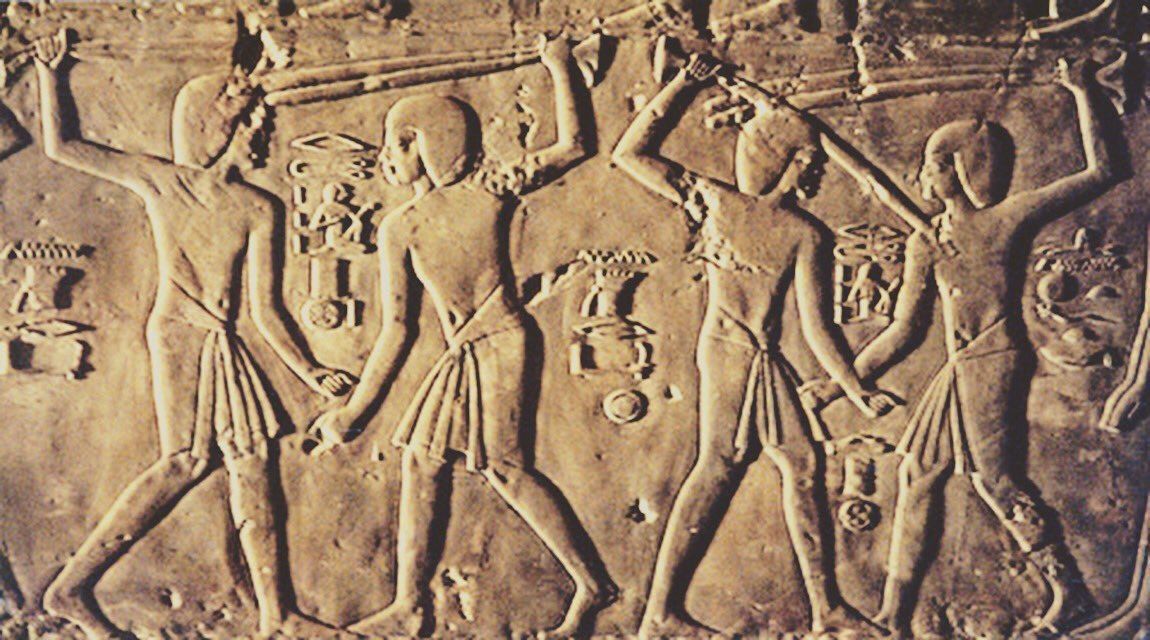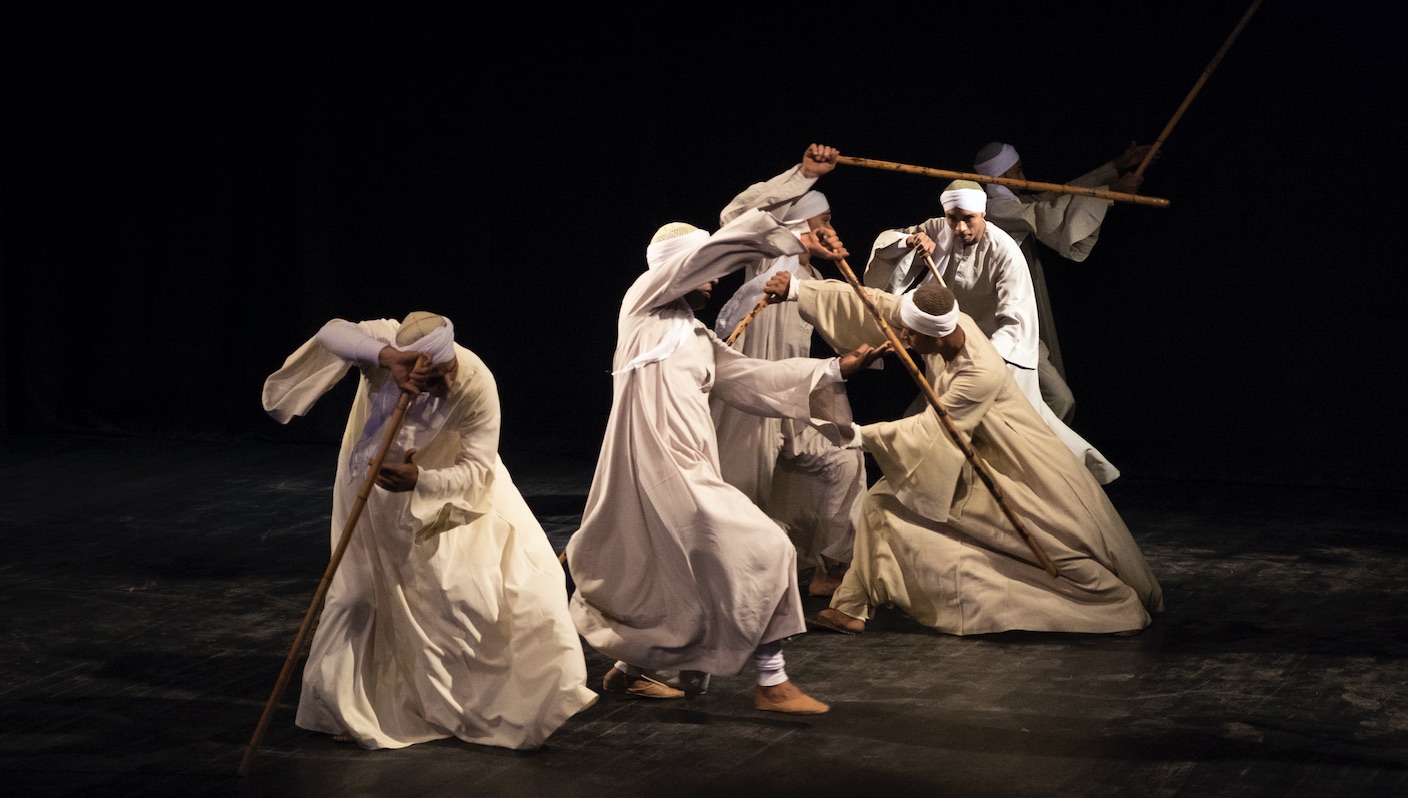In ancient Egypt, Tahtib (stick art) was a martial art focused on stick fighting. In modern times, it has evolved into a dancing tradition and stick game. Though its role has changed over the years, the core of the activity and the values for which Tahtib represents still remain today.
The oldest traces of Tahtib are presumed to date back to Egypt’s Old Kingdom period, depicted on ancient engravings and walls of Egyptian temples and tombs, possibly between 2000 and 3000 BC. The drawings showed that Tahtib was used in military training; alongside archery and wrestling, Tahtib was among the three warfare disciples used to train soldiers.

Over time, the martial art slowly shifted to becoming a popular form of dance, commonly performed in Upper Egypt. The dance, performed in front of a large audience, “involves a brief, non-violent interchange between two adversaries, each wielding a long stick while folk music plays in the background; complete control must be exercised as no striking is allowed,” as explained by UNESCO.
Tahtib is built upon a foundation of rules and values, including mutual respect, friendship, courage, chivalry, and a shared pride between participants — both sides understand that sticks are not used for aggression.
In 2016, Tahtib was designated by UNESCO’s World Heritage list as an intangible Egyptian cultural heritage. To honor this dynamic and unique art, here are photos of Tahtib from all around Egypt.










Comment (1)
[…] Understanding Tahtib: The Ancient Egyptian Martial Art Turned into Dance REVIEW | Dahaya Halal: The Saudi Show Uncovering Sexual Exploitation and Social Issues in the Arab World […]